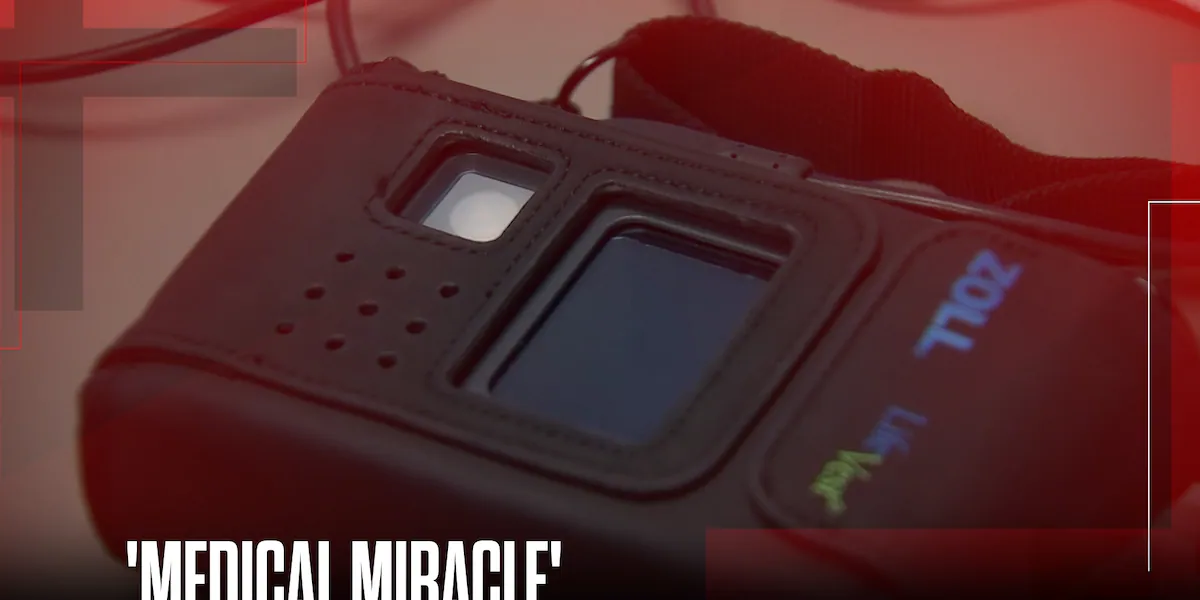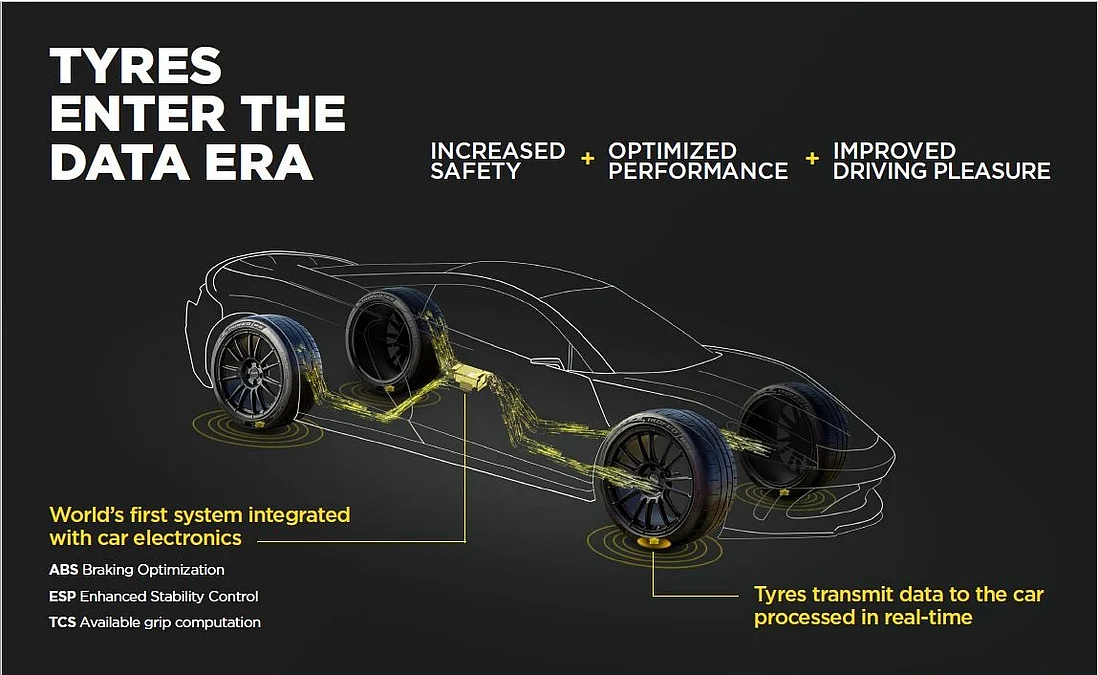
(InvestigateTV) — For 72-year-old Izzy Sonnabend, life was full and active.
The Phoenix, AZ, grandfather was feeling great, even lacing up his skates every Friday night to play ice hockey. However, in an instant, everything changed when he suffered a heart attack.
While he thankfully recovered from the initial event, the journey back to health was fraught with risk. According to the American Heart Association, about one in five people who have a heart attack will be readmitted to the hospital for a second one within five years. Izzy’s heart muscle was weakened, leaving him vulnerable to another, potentially fatal, cardiac crisis.
To bridge this dangerous gap in his recovery, his doctors prescribed a remarkable piece of technology.
A Bridge to Recovery
The LifeVest is a wearable heart monitor and defibrillator, designed to be worn around the clock by patients at risk of sudden cardiac arrest. It continuously tracks the heart’s rhythm.
If it detects a life-threatening arrhythmia, it can autonomously deliver a treatment shock to restore a normal heartbeat, often before first responders can even arrive.
“The EMTs, my doctor, the people at the hospital—everybody said that thing saved your life,” Izzy says, holding the device that gave him a second chance.
For Izzy, the vest was a temporary measure while his heart healed and doctors determined the next course of action. He wore it faithfully, a constant, quiet guardian under his clothes. One night, that guardian sprang into action.
In the middle of the night, while he was asleep at home, Izzy went into sudden cardiac arrest. The LifeVest’s sensors detected the lethal rhythm, and the device discharged, delivering a precisely timed electrical shock that jolted his heart back to life.
His wife, Benita, understands the gravity of what happened. She knows that without the vest, the outcome would have been tragically different.
“When somebody has a heart attack and their heart needs to be shocked, that takes time,” she explains. “This was immediate, and we could have lost him in that time that it would take, whether it was for rescue to come here or from the nurses’ station in the ICU into his room.”
Read more on Izzy and Benita’s story here.



